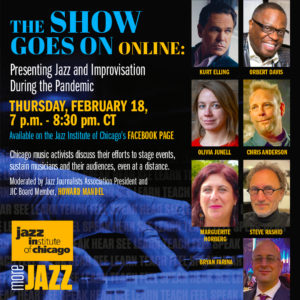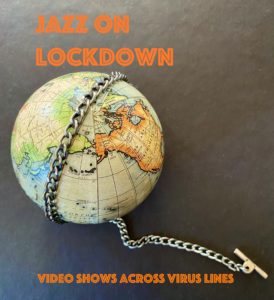Chicago presenters of jazz and new music, and journalists from Madrid to the Bay Area, vocalist Kurt Elling, trumpeter Orbert Davis and pianist Lafayette Gilchrist discussed how they’ve transcended coronavirus-restrictions on live performances with innovative methods to sustain their communities of musicians and listeners, as well as their own enterprises were in two Zoom panels […]
JazzOnLockdown: Musicians, venues, .orgs — writers? — turn to live-streaming
It’s the most obvious, available and so far low-cost option for anyone who can cast a performance online for public consumption — jazz musicians specifically included: Live-streaming. Fred Hersch has been first out of the box, committing to live-streaming daily mini concerts from his living room, 1pm Eastern Daily Time (10am PST, 7pm in Europe) […]


